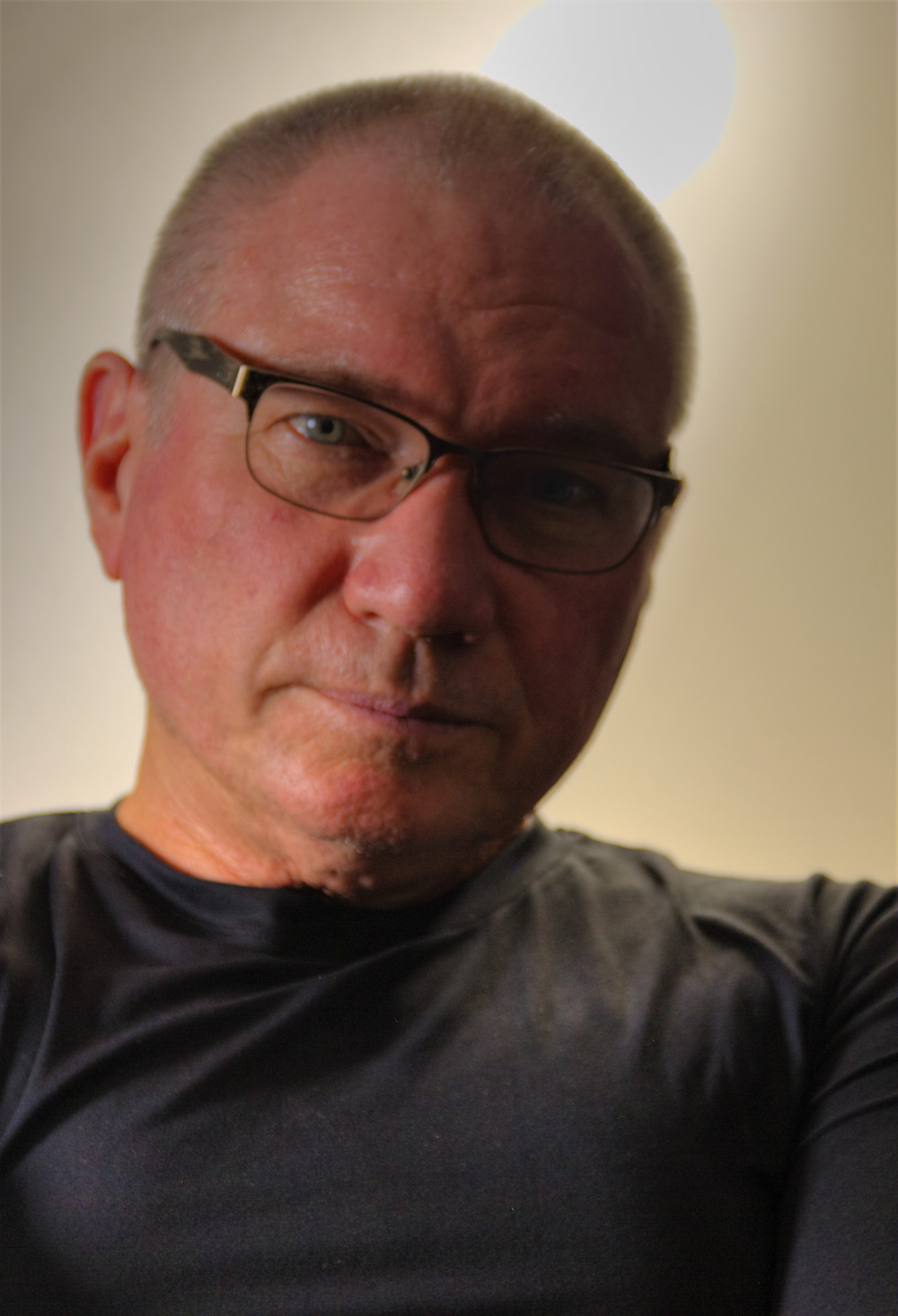Ken Moran
Photographer

Like many artists and people in creative fields Ken Moran’s career as an artist has not been a linear progression. And, like many artists, Kens professional career has been a means to support his career as an artist. However, Ken has been fortunate to be able to work in places where creativity is a requirement for the job. Ken’s professional life began as an art teacher in an elementary school then, for practical reasons, he became re-certified in technology education (formally known as Industrial Arts – shop class). Ken focused on graphic arts and wood working because he saw creative design as a large part of their foundation and a greater connection to art in general. After a few years teaching graphic arts in the shop department, he took about a fifteen-year hiatus from education, working in a variety of jobs from doing paste-ups in a greeting card company to finish carpenter. Ken returned to education and taught cabinet making for ten years, finally moving back into the art department where he has developed and implemented the current graphic design and digital photography curriculum. Ken continues to teach digital photography and graphic design.
“Photography is relatively new when compared to other fine art mediums; however, the creative process is essentially the same. Whether it is a brush to apply paint to a canvas, a chisel to carve a block of stone or a computer to electronically affect virtual specs of color called pixels, the artist uses and manipulates tools and materials to achieve a personal vision. Photography, even in its infancy, has been a technology based medium and like all art mediums it relies largely on the artist’s ability to understand and manipulate the process. This is the creative process and the core of the making of art I consider my camera, computer, and the programs I use all part of the “artist’s palette”. For me, photography goes beyond simply exposing an emulsion (or sensor) to light and processing it to produce an image that is a faithful representation of the scene that is being recorded. I consider the images I record as base or source photos that are for me a place to start. Most of these source photos are shot in HDR with three to six exposures for each image. However, I do keep many of my base images as finished pieces and occasionally show them.”












